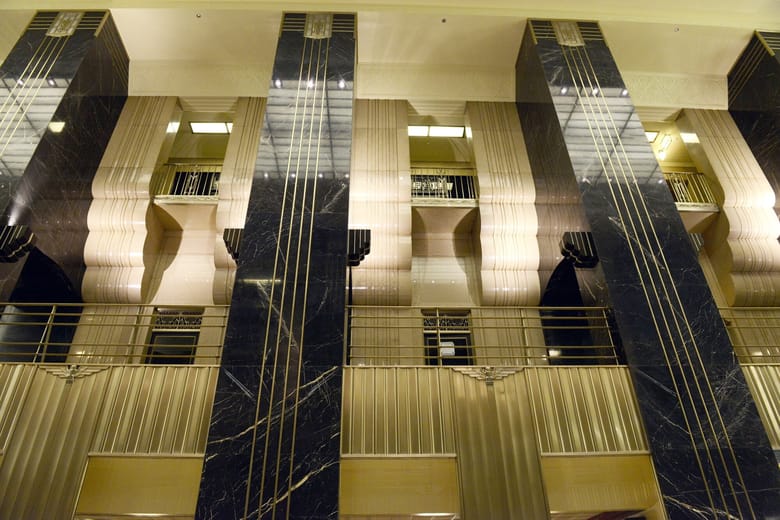Marble
Chicago Board Of Trade
Marble is a metamorphic rock formed from limestone through a process of recrystallization under high pressure and temperature. This process give marble its characteristic veined appearance and a range of colors from pure white to shades of gray, pink, green, and black, depending on the impurities present in the original limestone. Historically, marble has been prized for its durability, beauty, and ease of carving, making it a favored material in architecture and sculpture since ancient times.
Marble has been used extensively throughout history, particularly by ancient civilizations such as the Greeks and Romans. Iconic structures like the Parthenon in Athens and the Pantheon in Rome showcase the grandeur and timeless appeal of marble. These civilizations utilized marble not only for its aesthetic qualities but also for its structural capabilities.
EXAMPLES IN CHICAGO:
- Aon Center: Originally known as the Standard Oil Building, the Aon Center was completed in 1973 and was the tallest marble-clad building in the world at the time. The building was initially clad in Italian Carrara marble, the same type used by Michelangelo for his sculptures. However, due to the thinness of the marble panels and Chicago’s harsh weather conditions, the marble began to deteriorate and was eventually replaced with granite.
- The Field Museum: The Field Museum, one of the largest natural history museums in the world, features extensive use of marble in its construction. The museum’s grand halls and staircases are adorned with marble, contributing to its majestic and timeless appearance.
- The Chicago Cultural Center: Originally the Chicago Public Library, the Chicago Cultural Center is renowned for its stunning interior, which includes extensive use of marble. The building’s grand staircases, columns, and floors are made from various types of marble, showcasing the material’s versatility and elegance.























